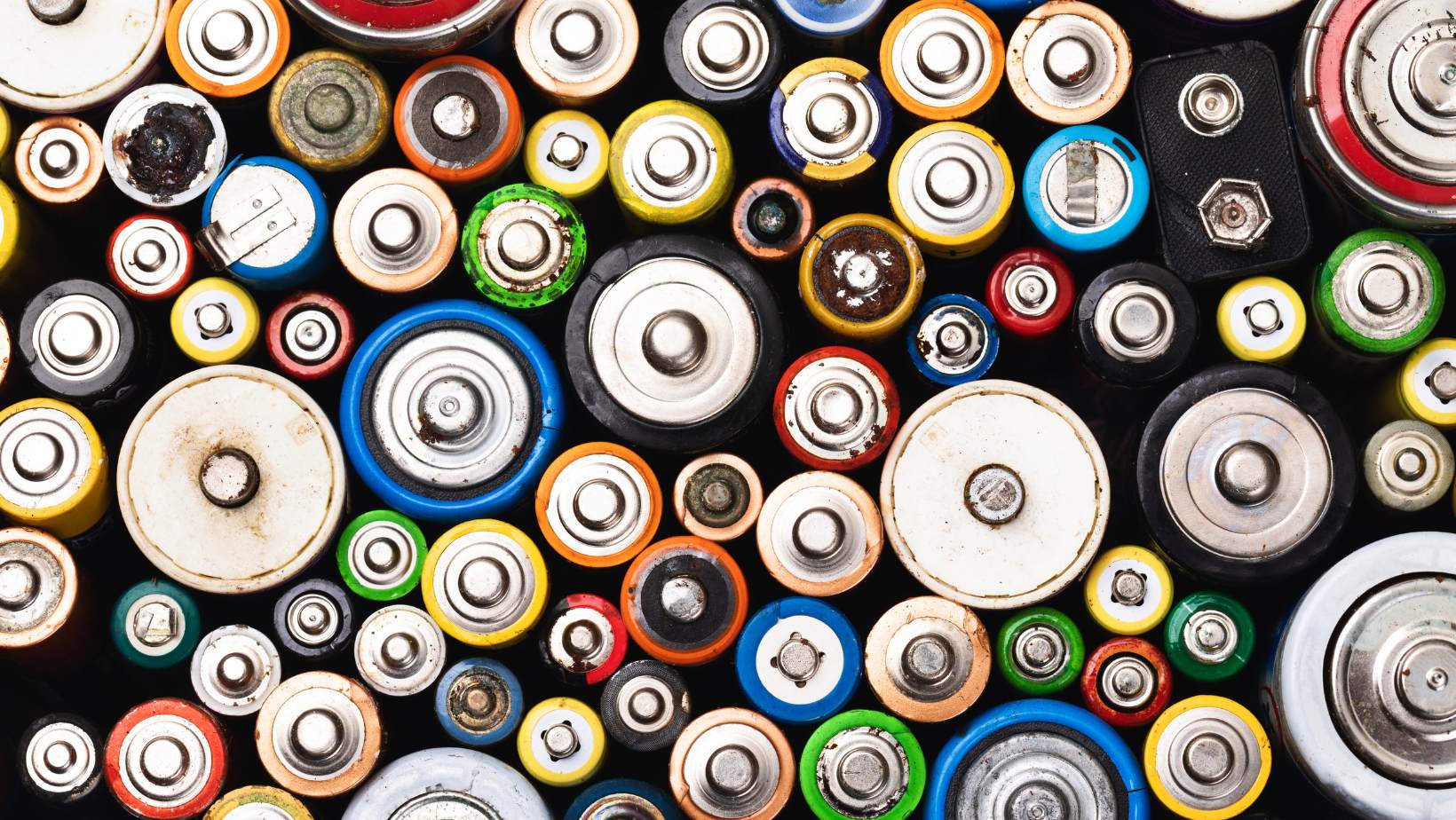Mercury Menace: The Hidden Health Threat in Our Modern World
In an age of unprecedented medical advancements, a silent threat lurks in our environment, our food, and even our dental work. Mercury, a potent neurotoxin, has become an insidious presence in our daily lives, potentially contributing to a wide array of health issues. From chronic fatigue to neurological disorders, the impact of mercury toxicity is far-reaching and often misunderstood.
The Alarming Rise of Mercury Levels
Recent studies have revealed a startling trend: mercury levels in our environment have increased 30-fold over the past century, with a dramatic spike in the last 40 years. This exponential growth coincides with rapid industrialization, pointing to human activity as the primary culprit.
Sources of Mercury Exposure
Mercury infiltrates our lives through various channels:
- Industrial emissions, particularly from coal-fired plants
- Contaminated fish and seafood
- Dental amalgams (silver fillings)
- Certain vaccines
- Household items like fluorescent light bulbs and thermostats
- Some cosmetics and skincare products
The Body Burden: How Mercury Affects Our Health
Once mercury enters our system, it can wreak havoc on multiple fronts. The human body absorbs about 80% of inhaled mercury vapor and nearly 100% of mercury from ingested fish. This toxic metal then distributes itself throughout the body, with particular affinity for the brain and kidneys.
Symptoms of Mercury Toxicity
Mercury poisoning can manifest in a myriad of ways, often mimicking other conditions:
- Neurological issues: memory problems, tremors, mood swings
- Digestive problems: nausea, colitis
- Cardiovascular concerns: hypertension
- Immune system dysfunction
- Reproductive issues
The Dental Dilemma: Mercury in Our Mouths
One of the most controversial sources of mercury exposure comes from an unexpected place: our dental fillings. Silver amalgams, used for decades in dental work, contain significant amounts of mercury. Studies have shown that individuals with these fillings have mercury levels 3-5 times higher in their urine and 2-12 times higher in their tissues compared to those without.
The Regulatory Paradox
Intriguingly, while the Environmental Protection Agency (EPA) classifies removed mercury fillings as toxic waste requiring special disposal, the American Dental Association maintains that these same fillings are safe for use in our mouths. This contradiction raises serious questions about the long-term safety of mercury-containing dental work.
Identifying Mercury Toxicity: The Challenge of Diagnosis
Detecting mercury toxicity presents a unique challenge. Traditional blood and urine tests often fail to accurately reflect the body’s mercury burden, as they primarily indicate recent exposures or accumulation in specific organs. This discrepancy can lead to underdiagnosis and delayed treatment.
The Genetic Factor
Adding to the complexity, genetic variations play a significant role in how individuals process and eliminate mercury. Some people are naturally more efficient at detoxifying mercury, while others may accumulate it more readily, leading to varying degrees of toxicity even with similar exposure levels.
Protecting Yourself: Strategies for Reducing Mercury Exposure
While completely avoiding mercury in our modern world is challenging, there are steps we can take to minimize our exposure:
- Choose fish wisely: Opt for smaller, wild-caught fish and avoid large predatory species like tuna and swordfish
- Consider alternatives to mercury-containing dental work
- Be cautious with household items containing mercury, such as old thermometers and fluorescent bulbs
- Check ingredient lists on cosmetics and skincare products
- Support environmental initiatives aimed at reducing industrial mercury emissions
The Path to Detoxification
For those concerned about mercury toxicity, proper testing and safe detoxification methods are crucial. Chelation therapy, using substances that bind to mercury and facilitate its removal from the body, can be effective but should only be undertaken under medical supervision.
The Bottom Line: A Call for Awareness and Action
Mercury toxicity represents a significant yet often overlooked threat to public health. As we continue to uncover the far-reaching impacts of this pervasive toxin, it’s crucial that we take steps both individually and collectively to address this issue. Here are key takeaways:
- Be mindful of potential mercury sources in your environment and diet
- Consider testing for mercury toxicity if you experience unexplained chronic health issues
- Advocate for stricter regulations on industrial mercury emissions
- Stay informed about the latest research on mercury toxicity and detoxification methods
FAQ: Understanding Mercury Toxicity
Q: Are all forms of mercury equally toxic?
A: No, different forms of mercury (elemental, inorganic, and organic) have varying levels of toxicity and affect the body differently. Methylmercury, found in fish, is particularly concerning due to its ability to cross the blood-brain barrier.
Q: Can I safely remove my mercury fillings?
A: Removal of mercury fillings should only be done by a qualified biological dentist who follows strict safety protocols. Improper removal can lead to increased mercury exposure.
Q: How long does it take to detoxify from mercury?
A: The process of mercury detoxification can vary greatly depending on individual factors and the extent of exposure. It can take months to years to significantly reduce mercury levels in the body.
As we continue to navigate the complexities of modern life, awareness of environmental toxins like mercury becomes increasingly crucial. By understanding the sources, effects, and prevention strategies related to mercury exposure, we can take proactive steps to protect our health and the health of future generations. The journey towards a mercury-free environment is challenging, but with increased awareness and collective action, it’s a goal within our reach.
